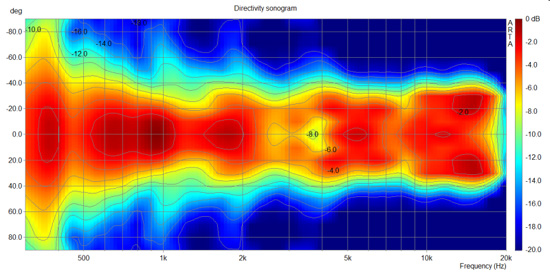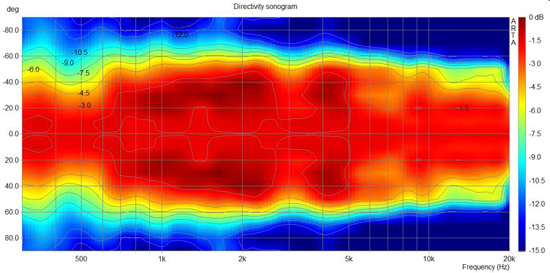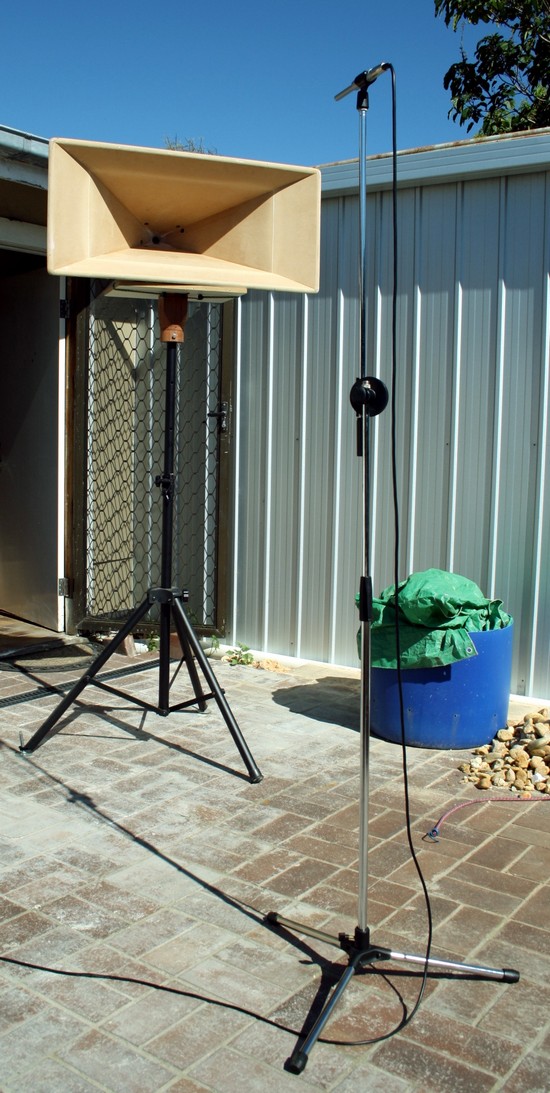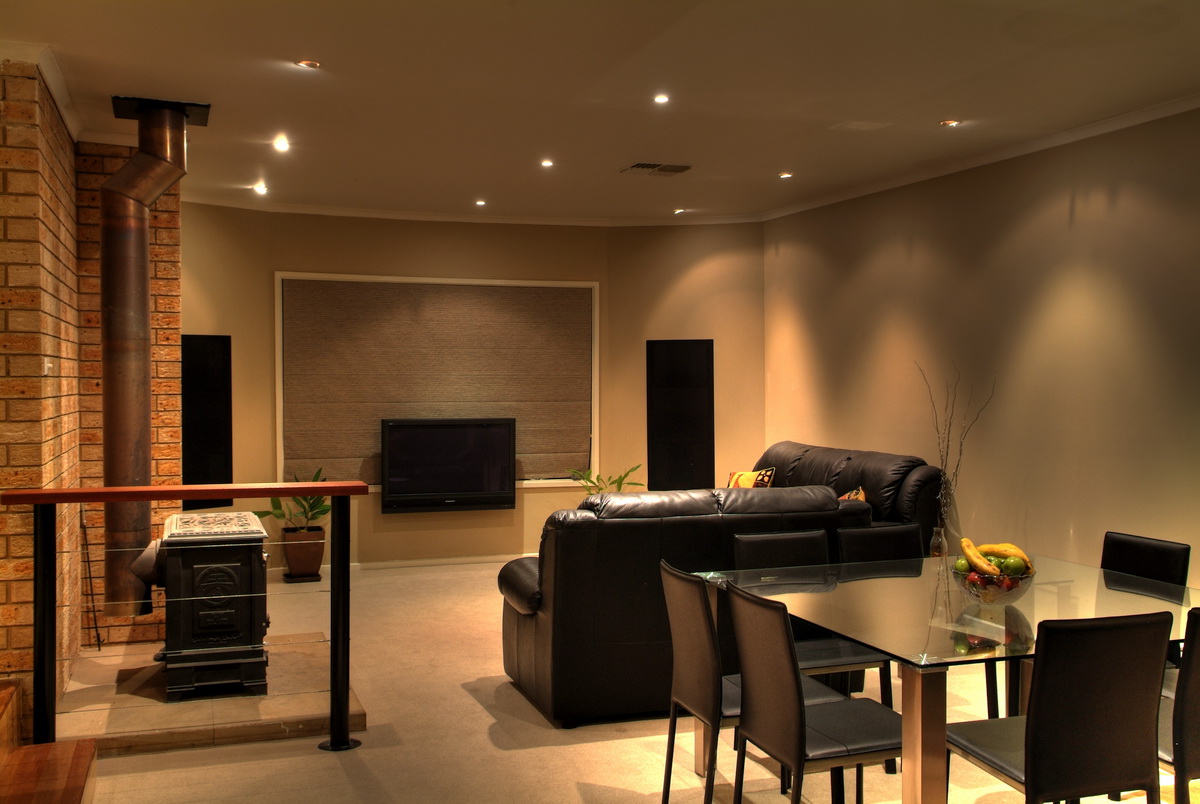I noticed some traffic to my blog from this thread, so it got me curious ...
I have heard the original Unity kit, which was a 60 x 60 passive 2 way with a crossover using parts costing about as much as many DIY projects! It was very strange at the time listening to midrange coming from such a big speaker. Initially I thought the imaging was not very good, however, at another time I actually shut my eyes, my usual way of listening to music and it was then that I realised they could indeed image very well. I've also heard the Yorkville Unity and measured the two Synergy horns that I've designed for my own system. It takes quite some time to grasp even that basic gist of what is going on, and how all the parts interact. It also takes a bit of time to adjust to the sound. Sure, you might have an initial impression, but a speaker that is so different sometimes takes a bit of adjustment.
Subjectively, there is a great deal of midrange detail. It has an uncanny ability to reveal low level midrange detail that tends to get buried in the mix. It can handle very complex music that might normally turn into a mess, and yet it's incredibly resolving. You can demo it to someone who isn't an enthusiast or a discerning listener at all, after one track they will point out all the extra detail. A house mate who was used to hearing all my previous speakers, noticed the detail right away. Many have likened Synergy horns to headphones in this regard. I suspect it may be related to the way sound radiates into the room. The last one that I built maintained a 90 degree dispersion all the way down to 280 Hz.
So one of the first things you notice is a certain dryness to the sound - it is the absence of all the room reflections, even for someone like me who was previously listening to speakers that already have controlled dispersion - similar to Geddes speakers.
You also notice startling dynamics and there is no real limit to their output at home. They keep their cool at all levels.
Being a point source they are very coherent. You can listen at point blank range, with your head in the mouth of the horn, and all the sound appears to come from an area the size of a tennis ball. Only a fullranger can do that.
They aren't designed for home use, the Danley versions. They are intended for pro sound use where there is benefit to putting bass drivers in the horn so you can get some more extension. They aren't horn loaded below about 200 Hz, so they run as direct radiators below that point. The point is to maintain a point source and avoid acoustic interference in large venues where you might fly the speakers and in many situations want to get as much bass as you can out of them. Danley aim to make them cost effective, so obviously they are cutting some corners in using iron core inductors for bass. They are chosen for large installs worth mega bucks after being compared to more familiar alternatives like JBL, QSC, all the big names. They also do it passive to keep things simple. Danley has shown nice performance with square waves, but it's been a while since I've seen it, so it's buried somewhere online. That is WITH a passive crossover, no DSP to cheat!
For home use some different decisions make more sense. I prefer an active version with 60 x 80 dispersion, which is a 2 way that sits on top of a sealed woofer with a pair of Rythmik servo subs in a tapped horn below 40 Hz. Putting woofers in the horn isn't cost effective for home use, because you end up using cheaper woofers to make up for using 4 of them. I'd rather have 2 really good ones. I use a digital active crossover and so that does make things easier.
Anyone who wants to start to understand it - I suggest you have a look at the patent, because it explains quite a few things.
Along the axis of the horn, the ports are placed 1/4 wavelength away from the apex at the intended crossover point, placing a cancellation notch above the crossover, caused by the reflection back from the throat. The area under the cone in conjunction with the port acts as a bandpass chamber, applying acoustic filtering. So you typically see the midrange drop off by 30 db, resulting in a 30 db reduction in harmonic distortion components that fall above the acoustic filter. The original Unity kit has ultra low distortion, more akin to an amplifier than a speaker, and this remained true at high levels. Some like Geddes might write this off as useless, but when it comes to distortion, I'm thinking less is more! Further, higher order distortion products would be reduced even more. The compression driver of course acts as it would in another other design, since it would always be horn loaded. What is clever in the Synergy is that you can actually design the horn as a waveguide, giving it a smooth transition more like an oblate spheroidal waveguide, or a JBL progressive transition. Yet the mids are horn loaded - the offset actually causes a conical horn to have better loading than driving from the apex.
It is not without some irony, that the Synergy horn is criticised for not doing something that is actually one of the primary strengths, where it is uniquely superior to most alternatives. There are three things that work together to this end:
1. Offset of the mids towards the mouth
2. Acoustic chamber
3. Crossover
I have not yet designed a passive crossover for a Synergy horn, but I have seen a square wave measurement from Danley indicating it is doing well in this regard.
Now if you consider that the midrange and tweeter outputs are all correctly time aligned, yet differently loaded due to the port offsets, now you have a coherent point source. Now Danley adds woofers in the same way to continue this point source down into the bass, and the woofers are then working as 6th order bandpass with a tiny amount of loading above 200 Hz, perhaps 200 - 400 Hz.
Now for some measurements:
This is the Yorkvile, measured outdoors elevated up on my directivity measurement rig:

You can see some narrowing before patten control is lost, because Yorkville did not flare out the mouth enough to counter beaming.
Now this is my first attempt, very much like the old Unity kit:

The bigger mouth maintains pattern control down to about 700 Hz.
Now this is another version, I call it S1:

It has wider dispersion (90 vs 60) and a big mouth so the two result in taking pattern control really low, it goes off the chart!
This is the measurement rig, with angle markings on the nice piece of redgum turned up on the lathe.

The sound of a Synergy horn is quite unique. It has aspects similar to a Martin Logan Electrostatic, but a very different room interaction. The image is more tightly focused than a dipole speaker. You don't get quite the same depth of an omni or dipole, but I find that depth, whilst enjoyable in many cases, can also cause vocals to be artificially stretched. Hence I'm not keen on what dipoles do to dialogue on a movie. The sweet spot is very wide if you use correct toe in, which for a constant directivity speaker is quite a generous toe in much more than anyone would choose in many cases.
If I could complain about anything, it would be that you don't tend to get the same sense of air that you can get with more exotic tweeters like ribbons and AMTs. However, I find the Synergy more natural overall.
To anyone who gets a chance to hear one - go for it! I'd be very surprised if you have heard anything similar.
Unfortunately it might not be a good idea for people to get too excited about Synergy horns. WAF is low unless you can do this ...

Yes, those black grilles hide Unity horns with an array of Peerless subs. I've heard a couple of people who heard that system describe it as the best they had heard.
For the lazy people who won't go and search for the patent, here it is:
http://www.wipo.int/pctdb/en/fetch.jsp?LANG=ENG&DBSELECT=PCT&SERVER_TYPE=19-10&SORT=41270106-KEY&TYPE_FIELD=256&IDB=0&IDOC=1468907&C=10&ELEMENT_SET=B&RESULT=2&TOTAL=5&START=1&DISP=25&FORM=SEP-0/HITNUM,B-ENG,DP,MC,AN,PA,ABSUM-ENG&SEARCH_IA=US2006022032&QUERY=%28IN%2fdanley+AND+IN%2fthomas%29So what do I like about the Synergy horn:
* dynamic, loud, clean
* all the benefits of horns without their obnoxious problems
* image focus, large sound stage and wide sweet spot
* incredible midrange detail
* interesting and challenging to design and build
* room interaction
* works well in small rooms
* suited to installation studio style
One more thing about the crossover. It doesn't use textbook filters!
One thing that Danley hasn't done, which I think is needed for home use, is to fill the horn with reticulated foam that Geddes uses.